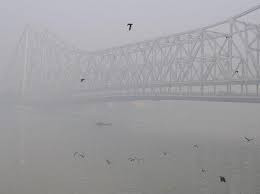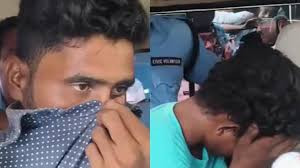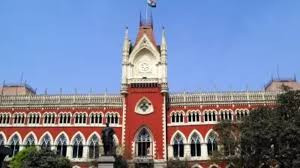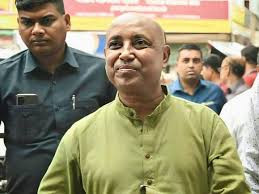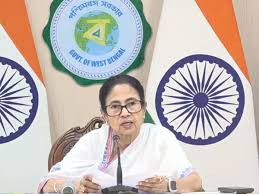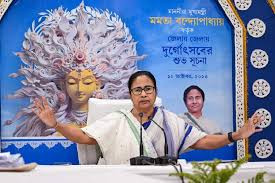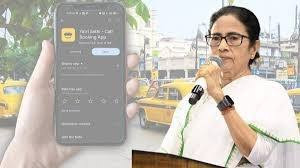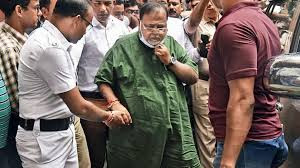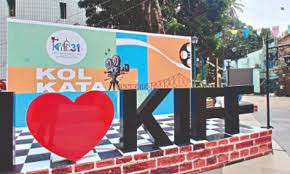“Under Samik Bhattacharya, Bengal BJP Appoints Four District Presidents—Three are Veteran Faces”
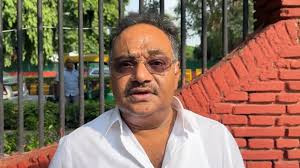
IIE DIGITAL DESK : August 6, 2025, the West Bengal BJP officially named new presidents for four organisational districts, reflecting a deliberate preference for experienced leaders under the stewardship of newly appointed state president Samik Bhattacharya. This announcement marks the first visible action in shaping the party’s anticipated ‘Team Samik’ ahead of the 2026 assembly elections, emphasizing continuity and trusted leadership.
The designated districts included Darjeeling, where Sanjeev Tamang—previously serving as the party’s spokesperson and a member since 2018—was named president, signaling the value of organizational maturity and communication experience. In Barakpur, long-standing local leader Tapas Ghosh retains his role, while Bongaon sees Vikash Ghosh, another veteran, elevated to district president. In Ghatal, no change occurred, and Tanmay Ghosh continues in his capacity .
This selective reshuffle gives a clear message: the new state leadership is consolidating power around seasoned hands. More than three-quarters of the state committee appointments still pending by late July are expected to reflect this same inclination—likely aligning with RSS and BJP central direction, which mandates around 60–70 percent office-holders be legacy leaders closely aligned with party ideology .
Sources indicate that district-level leadership appointments for the remaining districts will be announced by late August or early September, forming the full organisational tapestry in advance of forming district committees by mid-August, as previously instructed by central leadership. This process suggests that ‘Team Samik’ will be fully architected with broad central oversight and enforced timelines leading into the election year.
This strategy follows earlier phases of BJP’s organisational restructuring. In March 2025, the party had announced presidents in 25 organisational districts, introducing 17 new faces across the state. Inner-party sources said this broader reshuffle followed setbacks in the last Lok Sabha elections, where candidates like Tushar Majumdar (Hooghly), Ramaprasad Bhattacharya (Howrah Town), and Vivek Ranga (Purulia) were removed—often amid infighting or poor performance. Those seats saw new appointees such as Gautam Chatterjee, Gouranga Bhattacharya, and Sankar Mahato step in .
Party spokespersons emphasized that these moves were routine organisational decisions aimed at strengthening the structure rather than personal indictments. Nonetheless, analysts see deeper intent: combining institutional memory and ideological loyalty with the ability to mobilize grassroots cadres .
The choice of experienced names such as Sanjeev Tamang, Tapas Ghosh, and Vikash Ghosh transfers a signal that the BJP—under Samik—intends continuity alongside disciplined organisational growth. The RSS-aligned directive to keep between 60 and 70 percent of roles filled by established leaders is reflected in the appointments so far. The rest of the committee is likely to include newer faces, young veterans, or supporters charged with energizing the base .
This phase of organisation-building comes at a politically charged moment in the state. With assembly elections looming in 2026 and BJP seeking to unseat the ruling Trinamool Congress, organisational cohesiveness and district-level strength will be vital. Simultaneously, the party is addressing electoral integrity concerns via voter roll revisions and strategy planning—as highlighted recently by state leader Suvendu Adhikari .
The announced appointments mark the early shaping of Samik Bhattacharya’s leadership structure, blending stability and loyalty in districts deemed politically pivotal. It sets the tone for BJP’s Bengal roadmap: modular growth anchored by a network of committed veterans, ready to steer an expanded organisational push through to campaigning in the election year.
You might also like!


